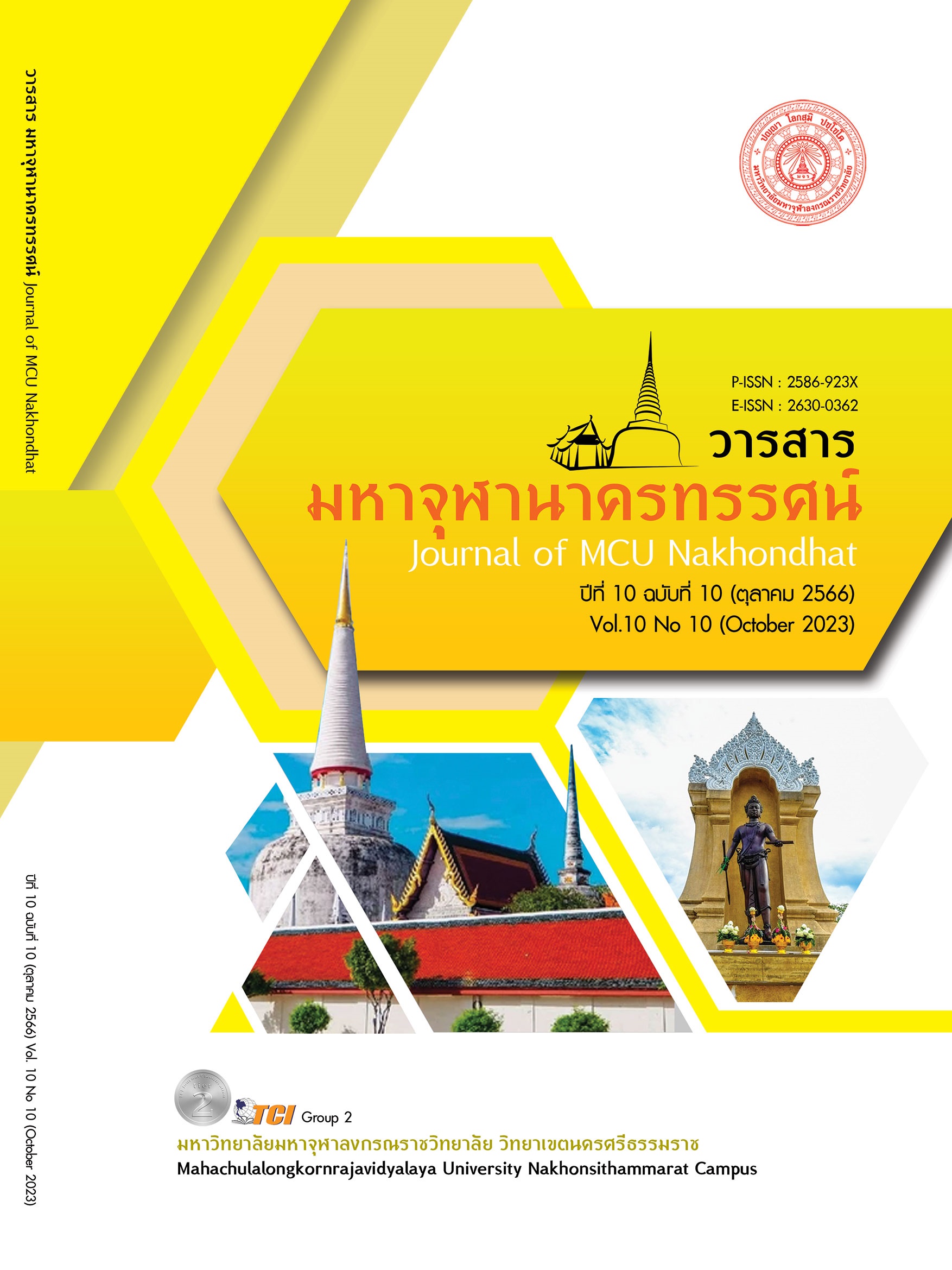MULTIMEDIA AND INTERACTIVE EDUCATIONAL TECHNOLOGY TO PROMOTE LEARNING FOR LEARNERS WITH SPECIAL HEARING NEEDS
Main Article Content
Abstract
This academic article aims to study the use of multimedia and interactive educational technology to promote learning among learners with special hearing needs, using interactive multimedia as a tool to support their education and integration into society. Effective interactive multimedia should be designed for the general public to learn together, incorporating theoretical principles and appropriate teaching techniques such as a step - by - step learning process, designing behavior during learning, and adhering to the principles of the abilities of individual learners. These allow students to spend less time studying but gain more knowledge. When creating interactive multimedia for learners with special hearing needs, it is crucial for media producers to design the content structure and artistic elements in a way that effectively conveys meaning. This approach ensures that the media produced is convenient to use, easily accessible, and highly effective for teaching. Teaching learners with special hearing needs in Thailand currently involves two major systems: 1) a system that emphasizes speaking and listening methods, namely, teaching that focuses on speaking and teaching that emphasizes listening, and 2) bilingual teaching, which uses Thai Sign Language as the primary language and Thai as the secondary language. However, teachers have begun to use a special teaching method called bilingual teaching to facilitate the inclusion of learners with special hearing needs into a society of hearing people, allowing them to live together despite differences in language and sustainable creative culture.
Article Details

This work is licensed under a Creative Commons Attribution-NonCommercial-NoDerivatives 4.0 International License.
References
เลิศศิริร์ บวรกิตติ. (2557). ศิลปะศูนย์กลางการศึกษาและการบำบัดเด็กพิการ (พิมพ์ครั้งที่ 1). กรุงเทพมหานคร: สำนักพิมพ์กรุงเทพเวชสาร.
โสภณ ชัยวัฒนกุลวานิช. (2556). การพัฒนารูปแบบการจัดการศึกษาทางเลือกเพื่อพัฒนาคุณภาพชีวิตของเด็กที่มีความต้องการพิเศษ : กรณีศึกษาเด็กที่มีความบกพร่องทางการได้ยิน. ใน วิทยานิพนธ์ดุษฎีบัณฑิต สาขาพัฒนศึกษา. จุฬาลงกรณ์มหาวิทยาลัย.
กรมส่งเสริมและพัฒนาคุณภาพชีวิตคนพิการ. (2565). รายงานข้อมูลสถานการณ์ด้านคนพิการในประเทศไทย. เรียกใช้เมื่อ 25 กันยายน 2565 จาก https://www.dep.go.th/th/law-academic/knowledge-bas e/disabled-person-situation
ณัฐกร สงคราม. (2557). การออกแบบและพัฒนามัลติมีเดียเพื่อการเรียนรู้ (พิมพ์ครั้งที่ 3). กรุงเทพมหานคร: สำนักพิมพ์แห่งจุฬาลงกรณ์มหาวิทยาลัย.
ทักษิณา สุขพัทธี. (2560). รูปแบบสื่อมัลติมีเดียเพื่อการเรียนรู้ในงานคอมพิวเตอร์กราฟิก สำหรับผู้บกพร่องทางการได้ยิน. วารสารวิชาการสมาคมสถาบันอุดมศึกษาเอกชนแห่งประเทศไทย, 23(2), 21 - 33.
นรินธน์ นนทมาลย์. (2561). วิดีโอปฏิสัมพันธ์ในการเรียนแบบเปิดในศตวรรษที่ 21. วารสารครุศาสตร์ จุฬาลงกรณ์มหาวิทยาลัย, 46(4), 211 - 227.
มลิวัลย์ ธรรมแสง. (2550). ผลสัมฤทธิ์ทางการเรียนของเด็กหูหนวกและระบบวิธีสอน : ฝากไว้ให้คิดถึง (พิมพ์ครั้งที่ 1). ขอนแก่น: ขอนแก่นการพิมพ์.
ศศิวิมล คงสุวรรณ, และเบญจมาภรณ์ ฤาไชย. (2563). การเรียนการสอนสำหรับคนหูหนวกในประเทศไทย : สภาพปัญหา รูปแบบ และ กระบวนการสอนแบบสองภาษา. วารสารมังรายสาร สถาบันภาษาและวัฒนธรรมนานาชาติ หาวิทยาลัยราชภัฏเชียงราย, 8(1), 1 - 14.
สำนักงานราชบัณฑิตยสภา. (2559). พจนานุกรมภาษามือไทย ฉบับราชบัณฑิตยสภา. เรียกใช้เมื่อ 25 กันยายน 2565 จาก http://164.115.33.116/vocab/index.html.
อรอุมา นาทสีเทา และคณะ. (2558). การสำรวจในการใช้สื่อใหม่เพื่อพัฒนาคุณภาพชีวิตสาหรับผู้พิการทางการได้ยิน. หนังสือประมวลบทความการประชุมวิชาการด้านคนพิการ (พิมพ์ครั้งที่ 7). กรุงเทพมหานคร: มหาวิทยาลัยมหิดล.
Allen, S., & Gutwill, J. (2004). Designing with multiple interactives: Five common pitfalls. Curator The Museum Journal, 47(2), 199 - 212.
Bagnara, S., & Smith, G. C. (2006). Theories and practice in interaction design. (2nd ed.). Ivrea : Italy: CRC Press is an imprint of Taylor & Francis Group.
Silver, K. (2018). Adolescence now lasts from 10 to 24, BBC News. Retrieved July 1 , 2020, from https://www.bbc.com/news/health-427324


